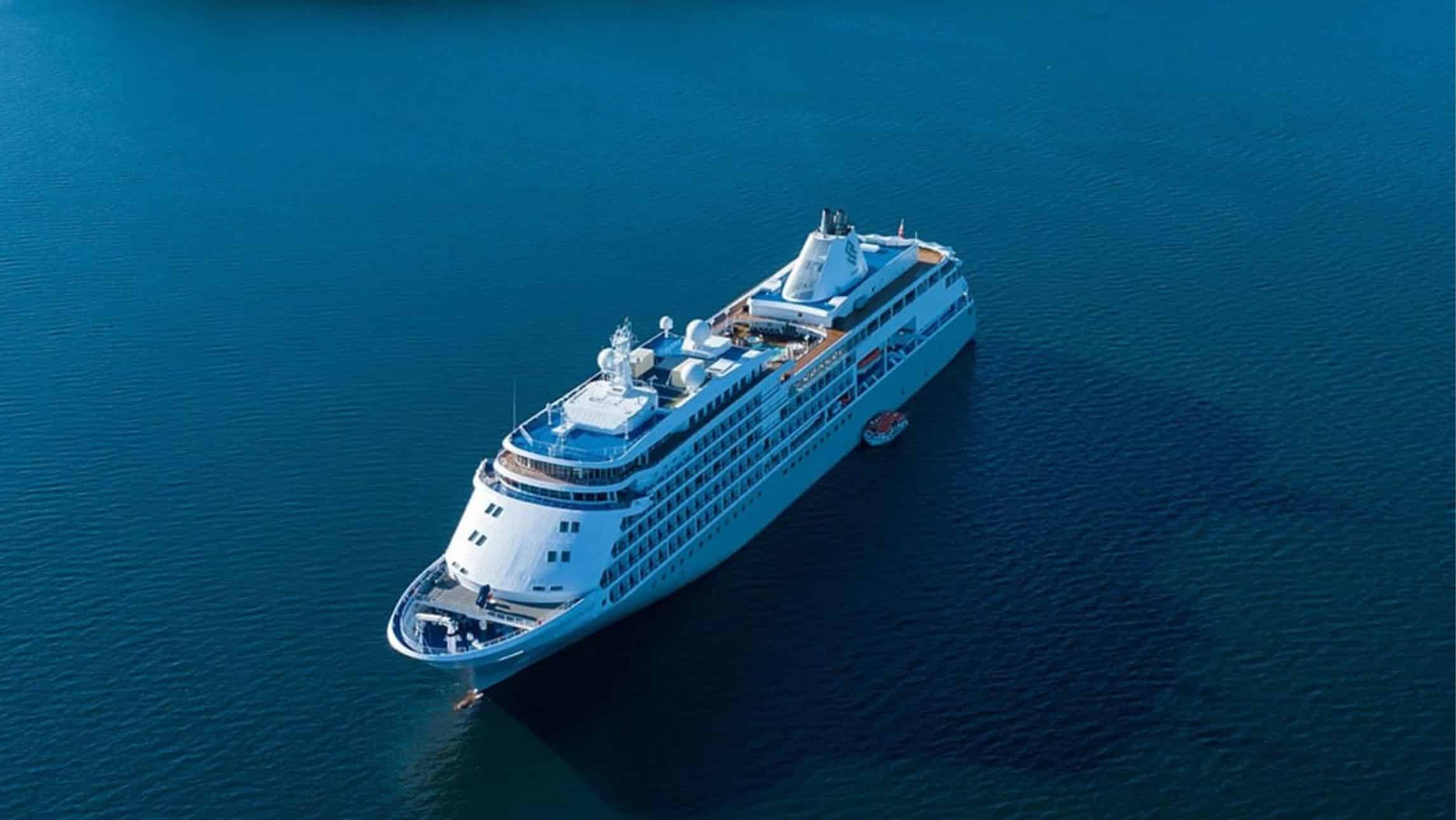Norfolk Island: Day Four – There’s one thing you’re guaranteed to see on a National Geographic Orion expedition – nature at its best.
And that’s exactly what we were treated to on day four of the vessel’s inaugural voyage, when a mass of birds welcomed us into Norfolk Island.
Masked boobies, white terns, black noddies, red-tailed tropic birds, wedge-tailed shearwaters, black-winged petrels, and others escorted us the last distance to the anchorage site off the southern harbor known as Kingston.
Everyone was in awe and of course, snapping pictures. It was a magical way to start the day.
As the flock flew away, guests switched off their cameras for a hearty yet healthy breakfast of tropical fruit, yogurt and delicious freshly made omelets before boarding the Zodiacs for a tour of the islands that is also an ancient volcano – Kingston.
With near perfect conditions, we had a chance to visit the ruins of the stone buildings which housed the prisoners.
Norfolk Island was founded in 1774 by Captain Cook. At the time of discovery he described it as dense forests of Norfolk Island pines and surmised the trees, which would be ideal for use as ships’ masts and spars, as well as lumber.
A few years later, a small colony was established here to process the ‘pines’ and grow flax for the production of cordage and fiber. The first colonizers were prisoners who built the notorious penal colony at Kingston Harbour and began harvesting the Norfolk pines.
However, the trees soon proved unsuitable for ship supplies as the wood is too flexible and brittle for use as masts and not nearly as good as other woods for plank and deck works.
Throughout the 18th and 19th century it was used as a prison, before it was given to the growing population of Pitcairn Islanders.
Today, it houses nearly 2,300 people.
As part of our shore excursion, locals told us stories of the inhumane treatment of the convicts before the prison was shut down in 1855. They are also gave us a tour of the island and half of the group, including myself, went on a long hike on the nature trail in the Norfolk National Park.
Another example of nature at its best, the hike took us through a dense forest composed of Norfolk Island pines, of course, as well as endemic tree ferns (the world’s tallest), endemic palms, Ti trees (also known as cabbage trees), and many other species of trees and shrubs, and then coursed along the coastline for views of steep embankments, cliffs, and offshore islands.
Most of the endemic land birds were sighted by keen birdwatchers during the hike.
Returning to the Zodiacs after the hike, we reboarded the ship for dinner created by one of Australia’s renowned international chefs, Serge Dansereau.
After dinner, the majority of us headed to National Geographic Orion’s Leda Lounge. It’s one of the prime spots on board toe meet fellow cruisers and enjoy an ice cold beer.
As we sailed away, the captain took a turn around Phillip Island a short distance off the south end of Norfolk Island, so we could enjoy more beautiful scenery and be entertained by flocks of masked boobies diving for fish before heading northward for Vanuatu…our destination in two days.
Visit CruisePassenger.com.au tomorrow to continue the journey aboard National Geographic Orion.
Click here to read yesterday’s blog as Captain Mike Taylor explains why he loves his job.
Click here to read day two as guests on National Geographic Orion explored the Bay of Islands.
Or click here for to read about the ship’s inauguration party in Auckland.








